
Seeds for Love
It’s St. Valentine’s Day and while certainly this day has become synonymous with love, early traditions also hail it as being associated with spring. In Slovenia, there is a proverb that says “Saint Valentine brings the keys of roots” and it is believed that plants and flowers start to grow on this day. During the Middle ages in England and France it was believed that this was the day that birds chose their mates.
There are actually a number of St. Valentine martyrs who are honored on this day. According to the Catholic Encyclopedia: “Emperor Claudius II executed two men — both named Valentine — on Feb. 14 of different years in the 3rd century A.D.” and it being these who are primarily remembered on this day along with a third St. Valentine from a Roman province in Africa. What is known is that the legends particularly of the St. Valentine’s executed by Claudius II have become somewhat mixed. It is held that the priest named Valentine was arrested for marrying and helping Christians, which would have been against Roman rule, and martyred for attempting to convert others. The Bishop Valentine is credited with the miracle of restoring sight to a blind girl and martyred for refusing to renounce his faith. Essentially the type of love that was originally associated with St. Valentine was sacrificial as opposed to romantic.
Certainly, as with most modern-day holiday celebrations, there were ancient traditions that came before. The Roman festival of fertility, purification, and protection called Lupercalia was celebrated from February 13 through 15. For nearly 800 years a lottery was held during the festival wherein a young man drew the name of a young woman to be linked with for the upcoming year. Sometime in the late 5th century AD Pope Gelasius I being less than happy with this practice put forth a declaration changing the lottery to include both men and women drawing a saint’s name with which to emulate throughout the following year. He is the one responsible for casting the day as St. Valentine’s Day. However, the day still remained a day for men to seek out the affections of women by often sending hand-written messages. This of course eventually evolved into the tradition of picking out a sweetheart for the day.
In 1381 Chaucer officially linked love to St. Valentine’s Day in a poem he wrote in honor of the engagement of England’s Richard II and Anne of Bohemia. “As was the poetic tradition, Chaucer associated the occasion with a feast day. In ‘The Parliament of Fowls’, the royal engagement, the mating season of birds, and St. Valentine’s Day are linked:
For this was on St. Valentine’s Day,
When every fowl cometh there to choose his mate.” (1)

Legend holds that the first real St. Valentine’s card was sent by Charles, duke of Orleans, to his wife during his imprisonment in the Tower of London in 1415. Another long-standing belief is that King Henry VIII established February 14 as St. Valentine’s Day in a royal decree in 1537. It would be another century and a half “before religious devotional cards became non-religious cards to reflect the change in the holiday.” (2)
The traditional love poem “Roses are Red, Violets are Blue” makes its first appearance in 1784 in a collection of English Nursery Rhymes by Garland. (3) It became commonplace in the 18th century to exchange hand-made cards, chocolates, and small gifts on Valentine’s Day. While these traditions found themselves brought to America with the colonists, it wasn’t until 1847 that the first American mass-produced Valentine of embossed paper and lace was created and sold by Esther Howland of Winchester, MA, commonly referred to as “The Mother of the Valentine”.
And the rest is, as they say, history.
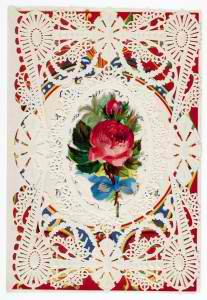
from www.pastispresent.org
The rose is red, the violet’s blue,
The honey’s sweet, and so are you.
Thou are my love and I am thine;
I drew thee to my Valentine.
circa 1784 found in “Gammer’s Gurton Garland”
Until we meet again, may God hold you in the palm of His hand. ~ An Old Irish Blessing
(1) http://www.infoplease.com/spot/valentinesdayhistory.html
(2) http://www.coolquiz.com/trivia/explain/docs/valentine.asp
(3) http://www.tennessean.com/article/20140214/OPINION03/302140007/We-can-honor-St-Valentine-by-opening-hearts
(4) Howland picture from http://pastispresent.org/2011/good-sources/%E2%80%9Cmother-of-the-valentine%E2%80%9D-esther-howland-worcester-and-the-american-valentine-industry/
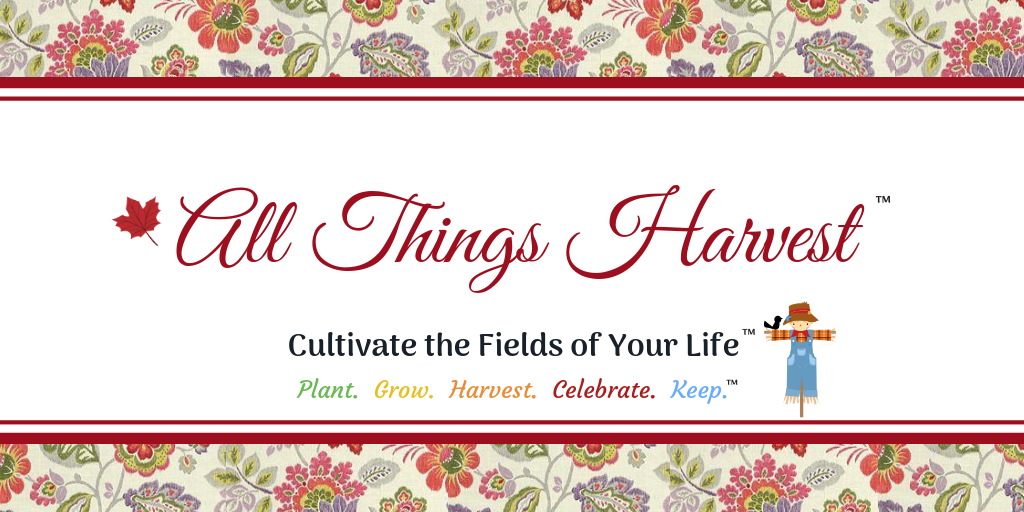
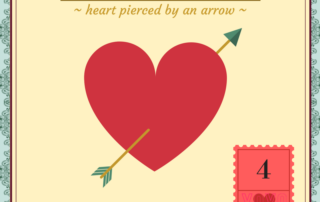




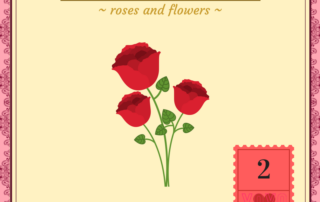





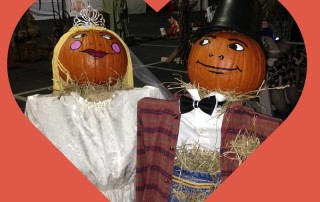
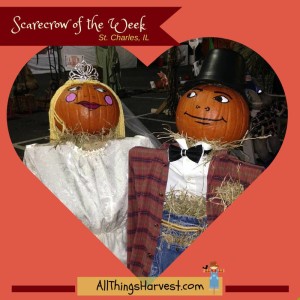
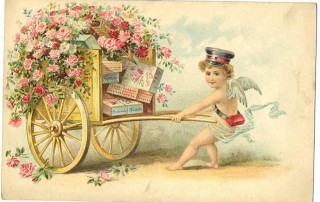
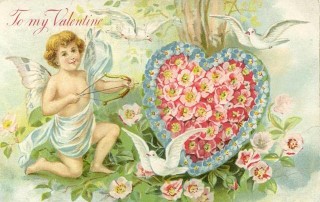
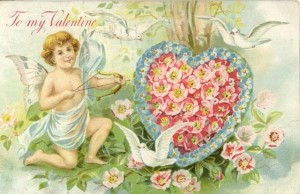
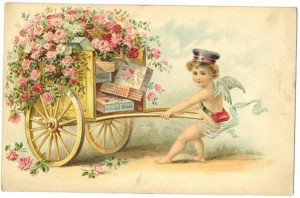
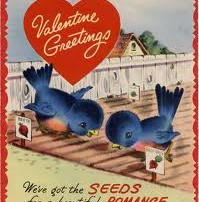
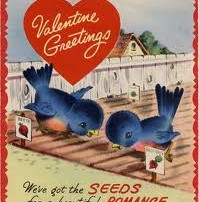
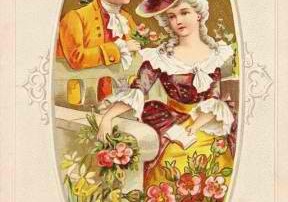

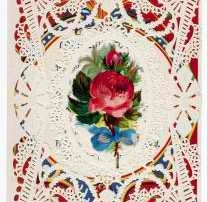



Let’s Connect
Facebook
Twitter
Google +1
LinkedIn